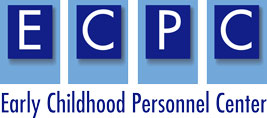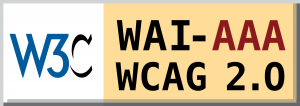AUTHENTIC CHILD ASSESSMENT PRACTICES E-LEARNING LESSONS
Authentic Child Assessment Practices involves the purposeful gathering of information about the everyday activities in which a child participates, child strengths and interests expressed in the activities, the child learning opportunities available in the activities, and the adult behavior that support and encourage child learning in the activities.
In this learning series, we’ll outline the key characteristics and benefits of using Authentic Child Assessment practices and the strategies for using them.
(We recommend using the Google Chrome web browser when launching these e-learning lessons.)

Resource Materials
Authentic Child Assessment: Monitoring Child Learning
What is Authentic Assessment? (video)
Assessment: The Big Picture
Authentic Assessment: Review of Research
What Can We Learn From Children’s Play
Authentic Child Assessment (ECTA Practice Guide for Practitioners)
Everyday Child and Family Activities (ECTA Practice Guide for Families)
1. Introduction
Authentic Child Assessment Practices: In this lesson, we introduce you to the characteristics and benefits of using authentic child assessment practices to gather information about a child’s participation and learning in everyday activities.
2. Practice Illustrations
Strategies for Conducting Authentic Child Assessments: In this e-learning lesson we’ll use a performance checklist to examine the particular strategies you can use to conduct authentic child assessments.
3. Implementation Activities
Mastering the Use of Authentic Child Assessment Practices: In this e-learning lesson you will engage in a number of exercises involving the observation and assessment of child abilities and interests, as well as to the activities and conditions that sustain child engagement and learning as part of everyday life.



